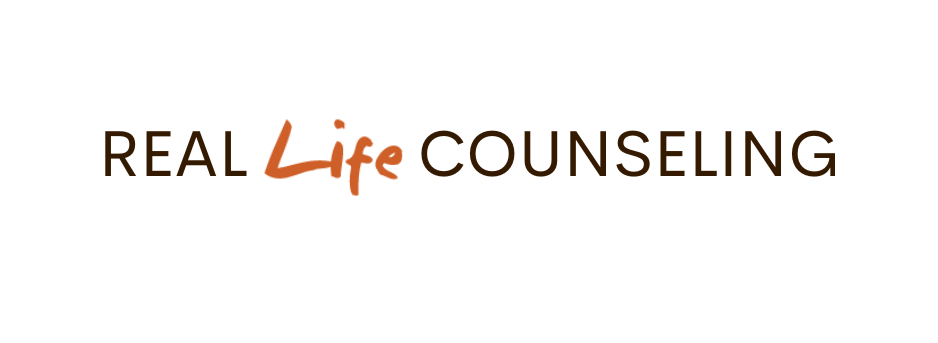Imagine – eating a favorite meal, hearing a favorite sound, smelling a favorite scent. You may notice your body connecting with such an image. Perhaps you smile as you imagine a funny story, feel warmth and comfort imagining a loved one, or your heart rate increases and muscles tighten when imagining something scary.
The imagination lets us explore our world in new ways. It allows us to create solutions, connect with things we cannot see. However, the imagination may also make us feel trapped within a world fueled by fears, insecurities, anger, or hopelessness. It can create a world that feels real, but isn’t.
We can trap ourselves in a prison of our own doing.
I experienced this recently when preparing to go to a party. At first, my thoughts were helpful. I started thinking through scenarios that may happen, and how I wanted to handle them. I was excited to be around people again after two years of pandemic existence. Yet, my thoughts eventually turned, and I began wondering what the others might think of me; I wondered if I remembered how to be around people, or if I was socially awkward. How they would judge my clothes, or how I spoke. In turn this began to highlight other insecurities: images of people looking at me with disgust, judgment, and rejection. I felt ashamed, anxious and hurt. I felt it in my body and I wanted to ball up on the floor and cry. I started thinking of reasons for why I shouldn’t go.
Here’s the thing.
What I feel and think is not always true.
Had my imagination stopped there, would I have gone to the party? No way! When my imagination mixed with fears and insecurities it felt like too much! I was convinced that the people would act a certain way towards me. I was certain of it. The images of their judging and disgusted faces, the knots in my stomach, were all the proof I needed! At that moment, I was trapped in a world I created within my own mind.
I was about to make a real life decision based on a figment of my imagination! I thought my imagination was helping me, protecting me.
The reality was different: I was going to a party with friends who have never treated me poorly, never judged me as I had feared, even though they had already seen me at my worst. Sure, I didn’t really know what would happen at the party, yet I knew that I usually find my way through hard situations well enough. On these truths, I reminded myself how my worth is not based on how I look, how I talk, you know…all those cheesy yet solid truths. While still nervous, I decided to go and had a great time. None of my fearful imaginings happened.
Some of us are stuck in such a negative cycle. Some may experience panic attacks, have difficulty speaking or moving, feel nauseous, hopeless, exhausted, depressed…curled up in a ball on the floor.
When your imagination keeps you from moving forward, remember these things:
- What you feel as true is not necessarily true.
- Check the facts.
- This list of cognitive distortions can be helpful with this.
- Bring to mind past challenges and how you overcame them. If you can’t remember, simply remember that you did – make it through.
- Think about times where a fearful imagination was proven false.
- If your imagination is not helping you feel empowered, confident, and healthy, then it is usually best to tap out and tap into thoughts and images that are more helpful.

